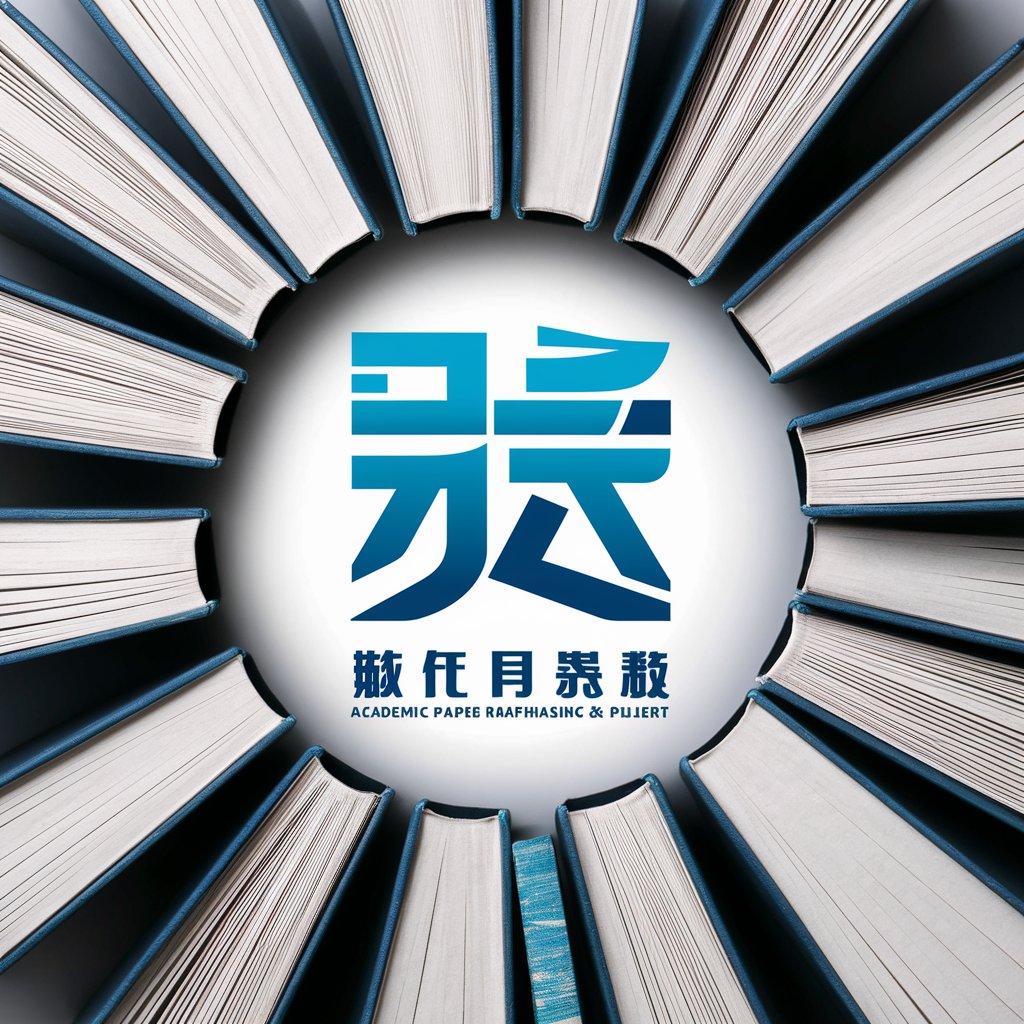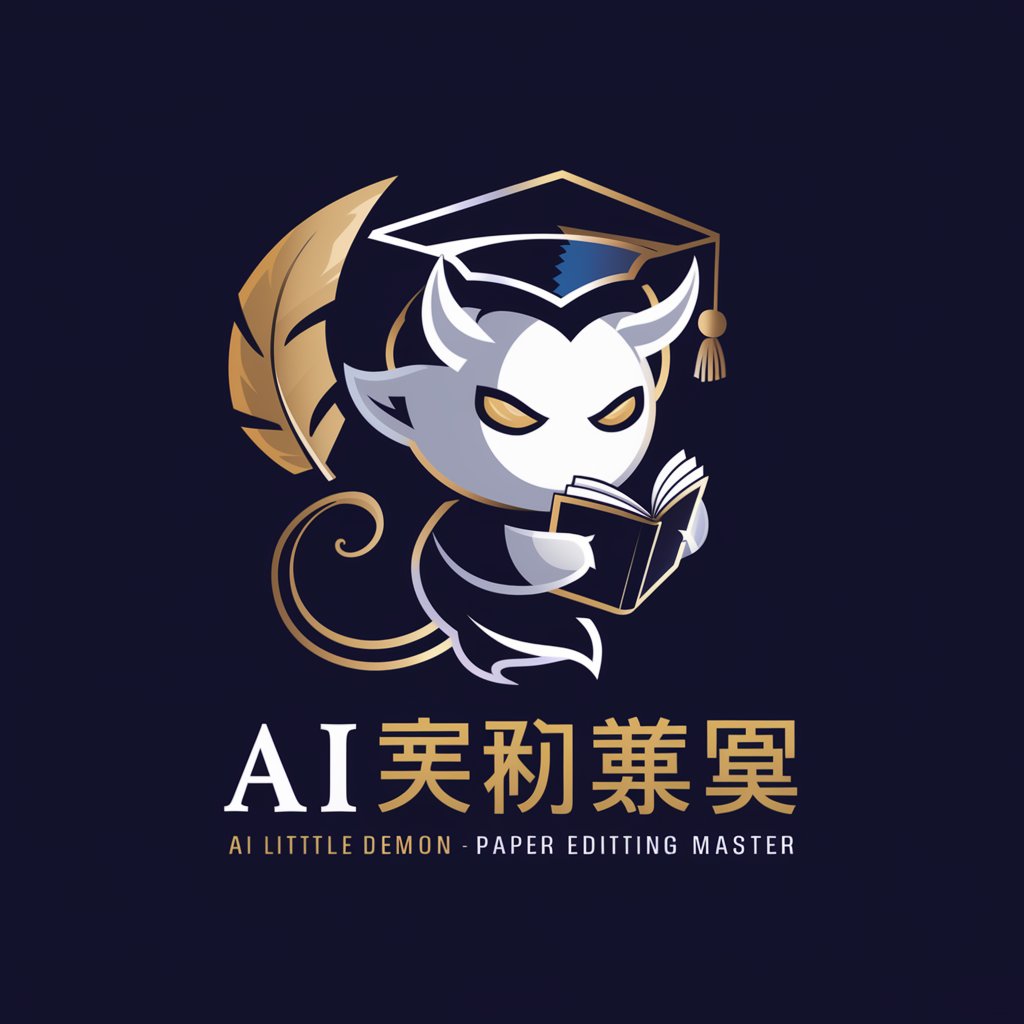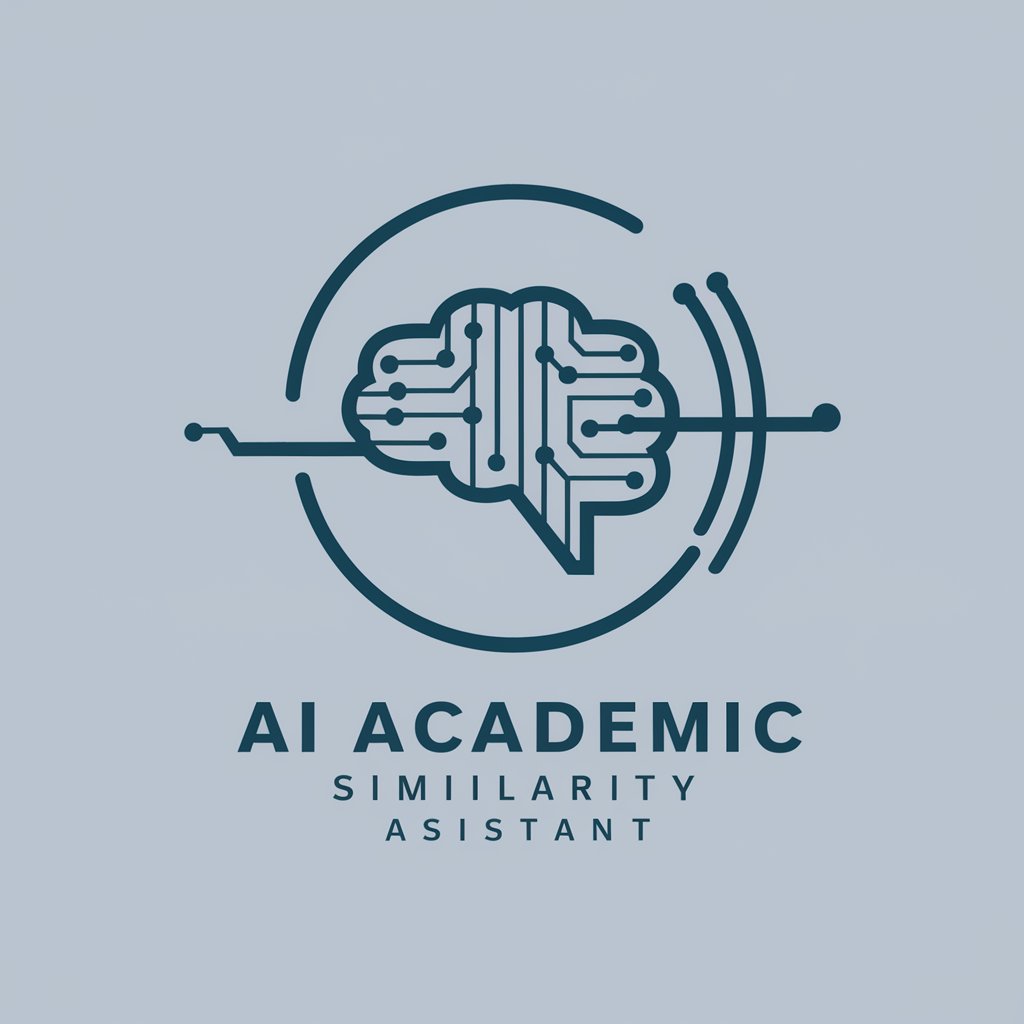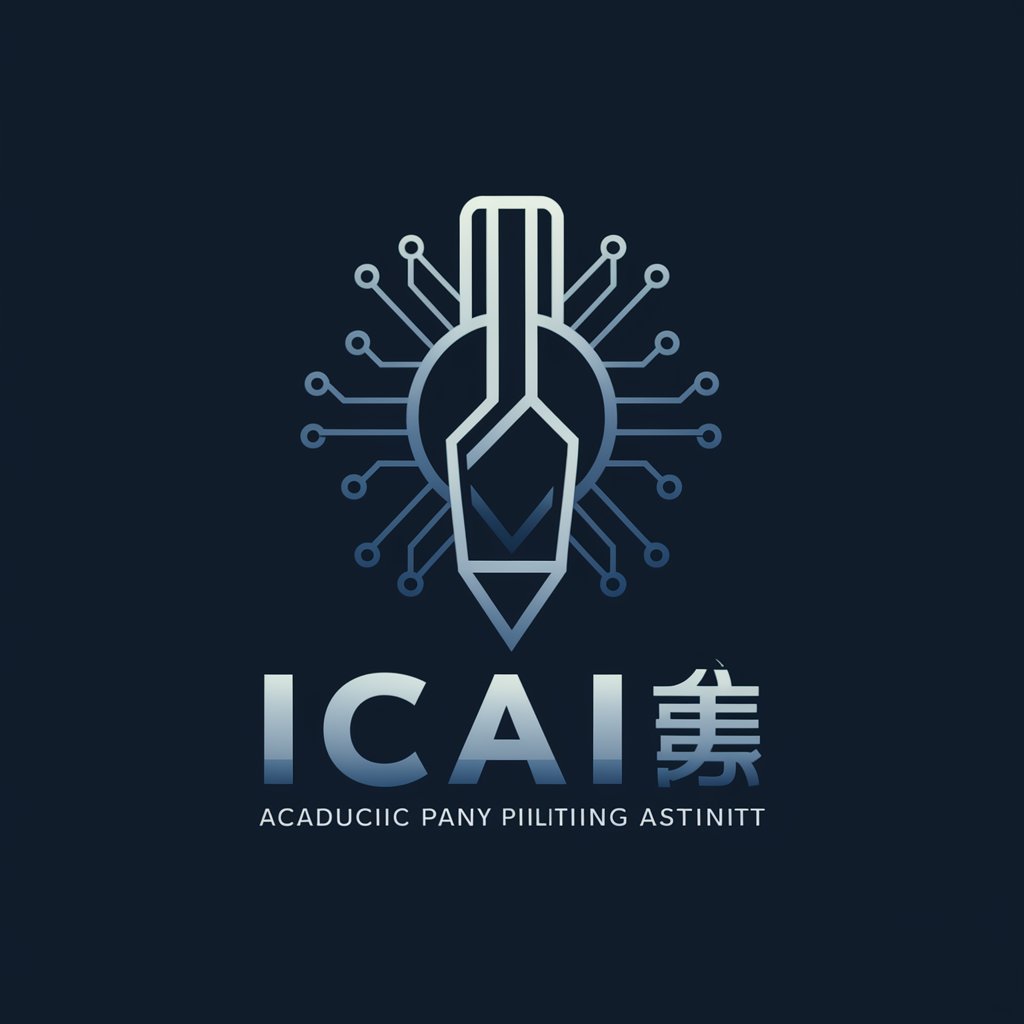
论文AIGC值降低神器 - AI content detection and optimization

优化论文,降低其AIGC值
AI-powered tool to reduce AI-generated content
如何降低我的论文AIGC值?
请帮我优化这段论文。
展示一下AIGC值高和低的段落对比。
这篇论文的AIGC值是多少?
Get Embed Code
Introduction to 论文AIGC值降低神器
论文AIGC值降低神器 is a specialized tool designed to assist academic writers, researchers, and students in refining their papers to reduce the proportion of AI-generated content (AIGC). The tool leverages advanced natural language processing techniques to identify content that may have been generated by artificial intelligence, and provides recommendations for rewriting and restructuring to increase originality and human-like writing style. The purpose of this tool is to enhance the quality and authenticity of academic work, ensuring it meets the standards required by journals, educational institutions, and professional communities. For instance, in a scenario where a researcher has used AI tools to generate a draft of their paper, 论文AIGC值降低神器 can analyze the text, identify patterns typical of AI-generated content, and suggest modifications that make the text more varied, unpredictable, and expressive, thus reducing the AIGC score. Powered by ChatGPT-4o。

Main Functions of 论文AIGC值降低神器
AIGC Detection and Analysis
Example
The tool scans the academic paper to detect AI-generated content by identifying typical linguistic patterns, repetitive phrasing, and generic expressions that are characteristic of AI output.
Scenario
A PhD student submits a literature review draft. The tool detects that large sections use overly formal and repetitive language, indicative of AI-generated text. It then highlights these areas and provides an analysis of why they are considered AI-like, allowing the student to make the necessary changes.
Content Rewriting Suggestions
Example
Provides suggestions for rewriting sentences to enhance variability in structure and vocabulary, making the text more dynamic and human-like.
Scenario
A professor reviewing their manuscript realizes that the writing feels 'flat' or 'mechanical'. They use the tool to get alternative suggestions for sentences, incorporating more complex structures, varied diction, and a more engaging narrative style.
Humanization of Language
Example
Adapts the tone, style, and voice of the text to reflect more nuanced, contextually appropriate, and human-like expressions.
Scenario
A research team uses the tool to adjust the tone of their paper, ensuring it aligns with the conventions of their target journal, which favors a more conversational style over a strictly formal one.
Originality Enhancement
Example
Identifies parts of the text that are overly dependent on common knowledge or generic statements and suggests ways to incorporate unique insights or more specific details.
Scenario
A master's student working on their thesis receives feedback that their introduction lacks originality. The tool suggests replacing generic sentences with more specific examples and insights drawn from their own research.
Feedback on Clarity and Readability
Example
Analyzes the text for readability factors like sentence length, complexity, and use of jargon, providing suggestions to improve clarity.
Scenario
An international researcher writing in a non-native language uses the tool to ensure their paper is clear and accessible to a wider audience, by simplifying complex sentences and avoiding overly technical jargon.
Ideal Users of 论文AIGC值降低神器
Academic Researchers and Scholars
These users often write papers for publication in academic journals. They need to ensure their writing is original, clear, and conforms to the standards of their field. The tool helps them reduce AI-generated content, improve clarity, and make their papers more engaging.
Graduate and Postgraduate Students
Students writing theses or dissertations can benefit from the tool by receiving guidance on making their writing more original and human-like. The tool also helps them refine their language to meet academic standards, enhancing the overall quality of their work.
Academic Institutions and Journals
Institutions and journals can use the tool to screen submissions for AI-generated content, ensuring the originality and quality of published work. This can help maintain the integrity and reputation of academic publications.
Professional Writers and Editors
Editors and professional writers working on academic content can use the tool to refine their drafts, ensuring that the final product is of high quality, original, and tailored to their specific audience’s needs.
Non-Native English Writers
Researchers and writers for whom English is a second language can use the tool to improve the readability and fluency of their writing, making their academic papers more understandable and appealing to a global audience.

How to Use 论文AIGC值降低神器
Visit yeschat.ai for a free trial
Go to yeschat.ai to access the tool without needing to log in or sign up for a ChatGPT Plus subscription. The trial version is available to all users for free.
Upload or paste your academic paper
Once on the platform, simply upload your academic paper or paste the text directly into the input field. Ensure your document is formatted properly for the best results.
Initiate the AIGC detection
Click on the 'Analyze AIGC Value' button to detect the percentage of AI-generated content within your paper. The tool will give a detailed breakdown of AI content in each section.
Apply optimization suggestions
Review the suggestions provided for reducing AIGC value, such as restructuring sentences, enhancing emotional depth, or making the language more unpredictable. Make edits manually or apply recommended changes.
Re-run detection for verification
After editing, re-run the AIGC detection to check if the AI content percentage has decreased. Iterate if necessary until you achieve the desired results.
Try other advanced and practical GPTs
Harvard English Professor
AI-powered insights for academic essays.

LinkedIn Profile Wizard
AI-Powered Enhancements for Your LinkedIn Profile.

🔐 Fillable Base Prompt Generator 🔐
AI-powered tool for custom creative prompts.

Bmonk CopyWriter
AI-powered copywriting for your business
Kompisläsaren v.5
AI-powered proofreading for flawless writing.

CARROSSEL DICAS
AI-powered carousels that boost Instagram engagement.

Choose Your Own Adventure
Create your own adventure with AI-driven choices.

益田式こころのメソッドを読み込ませたAI
AI-powered support for your mental well-being
Prompt For Me | GPT, Claude, Gemini
Empower your AI with smart prompts.

VerseWithGPT (Most powerful UEFN Verse Tool)
AI-powered Verse coding assistance for UEFN.

Content Creation Guru
AI-powered assistant for smarter content creation

✍️Paraphrase & Humanizer
AI-powered text transformation at your fingertips.

Common Questions about 论文AIGC值降低神器
How accurate is the AIGC detection in this tool?
The tool uses advanced algorithms to identify and quantify AI-generated content in academic papers. It provides detailed breakdowns of each section, helping users understand where human input is needed.
Can I use this tool for non-academic writing?
Yes, while designed for academic papers, the tool can analyze and optimize any text, including essays, reports, and creative writing, to reduce AI-generated content and increase human-like characteristics.
What are the key benefits of reducing AIGC value?
Lowering the AIGC value enhances the authenticity of your work, makes it more human-sounding, and avoids potential detection by academic or publishing platforms that check for AI-generated content.
Do I need any special software to use the tool?
No, the tool is entirely web-based and works on any modern browser. There's no need to download or install anything. Simply upload your text and start optimizing.
Can I use the tool for free indefinitely?
The tool offers a free trial, but for extended use or access to advanced features, you may need to subscribe to a paid plan. Details on pricing and features are available on the website.





